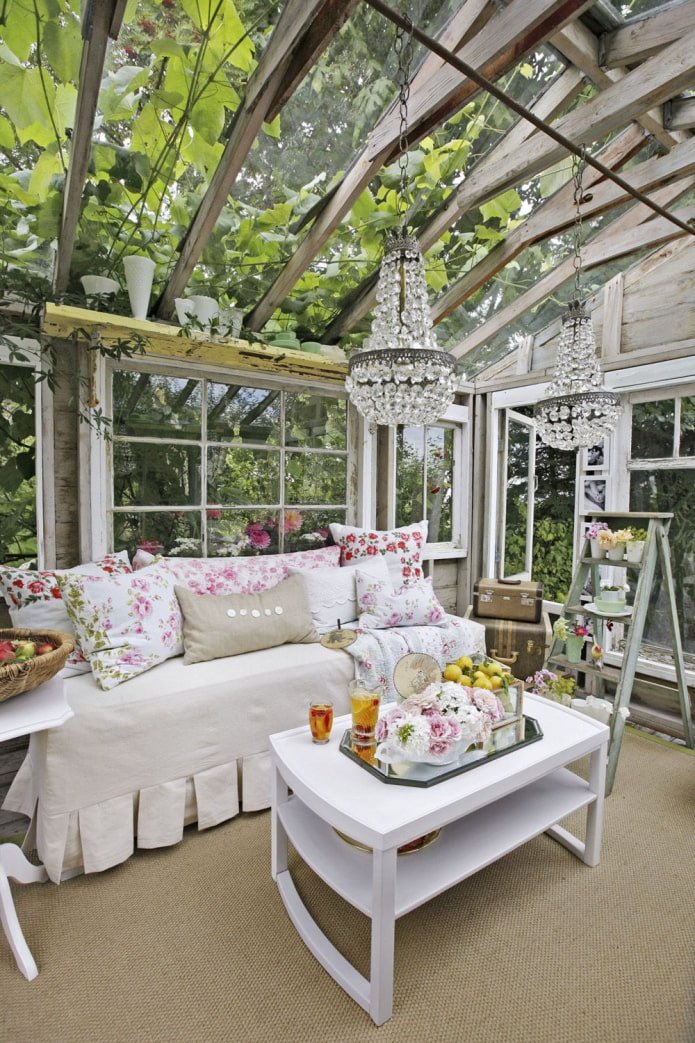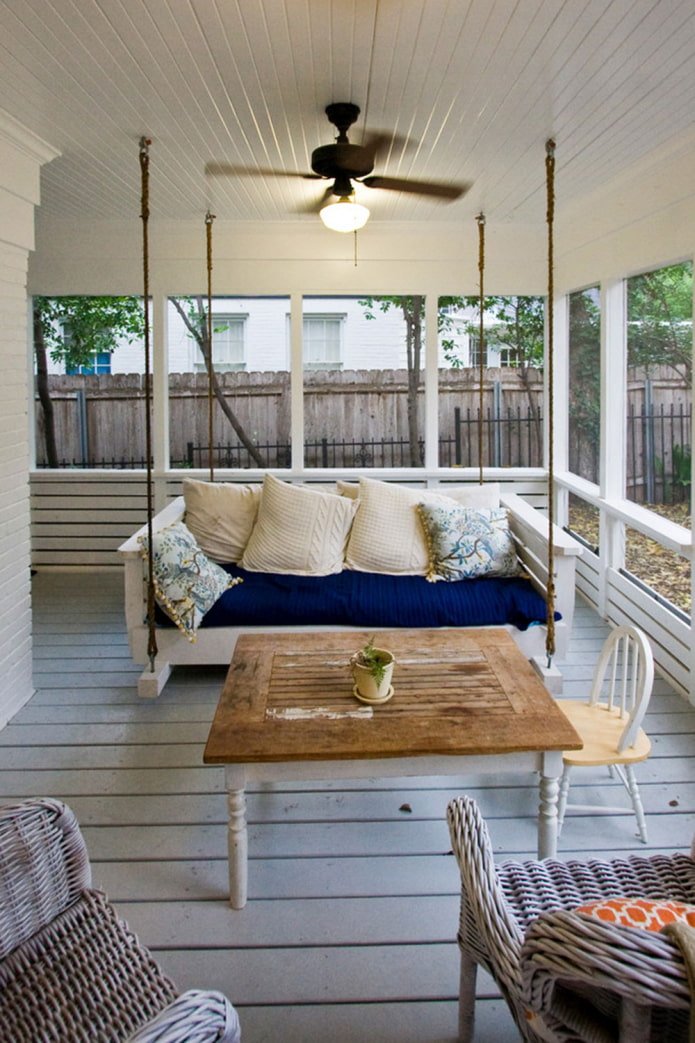What types of verandas are there?
Before you figure out the options for verandas attached to a house, you should learn to distinguish between a terrace and a veranda.
A terrace is a separate building, located outside the house, requires its own foundation.
A veranda is an extension to a house, based on its foundation, located on the same level.
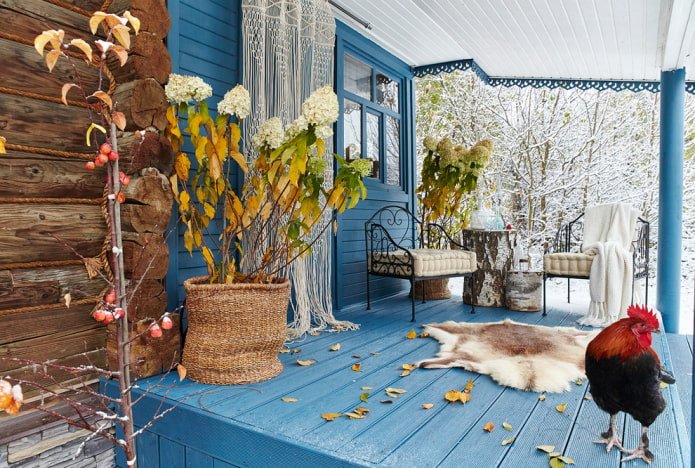
The photo shows an open extension to a house
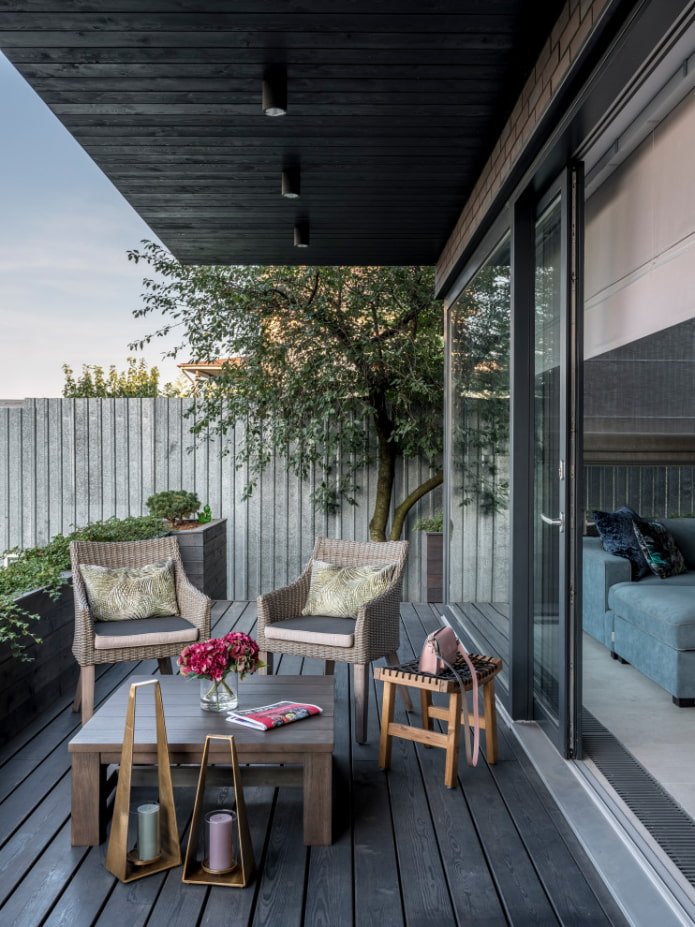
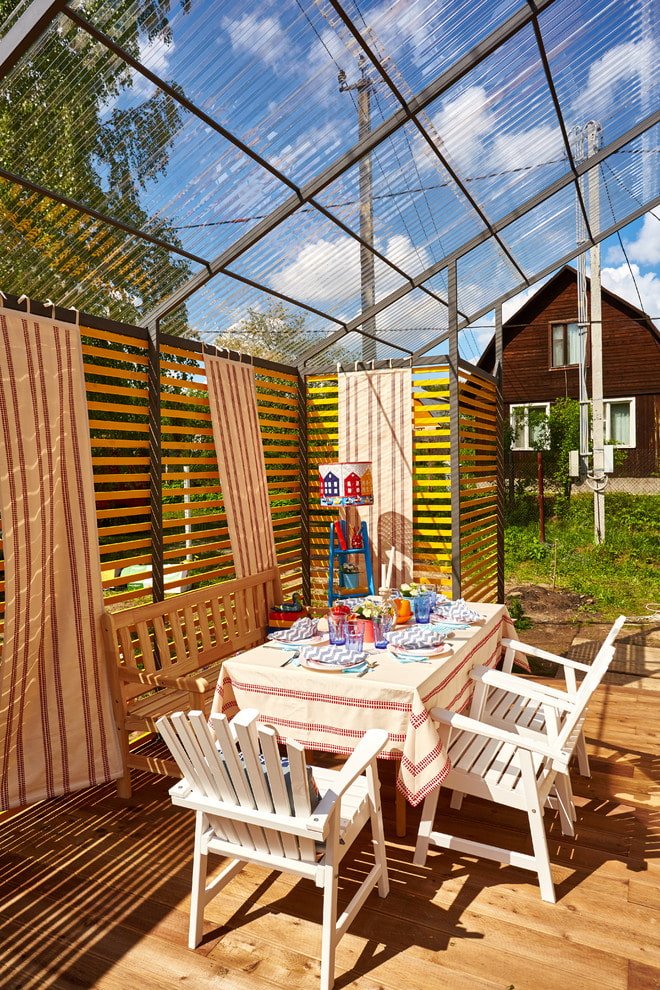
A veranda is added to a house in two versions.
Open veranda

Construction of a veranda of this type does not require large investments and time. In essence, it is a place for relaxation near a private house, often made under a roof on racks, but there are also completely open options or modifications with retractable awnings, a folding roof.
The location of the open veranda is chosen based on the architectural features of the house and the functionality of the extension: for example, if you are going to place a summer dining room or living room on the site, we advise you to place it on the kitchen side and make a door between the kitchen and the open terrace.
If there is free space at the main entrance, the veranda is located there, decorating it as a recreation area or bistro – places for morning coffee and contemplation of nature.
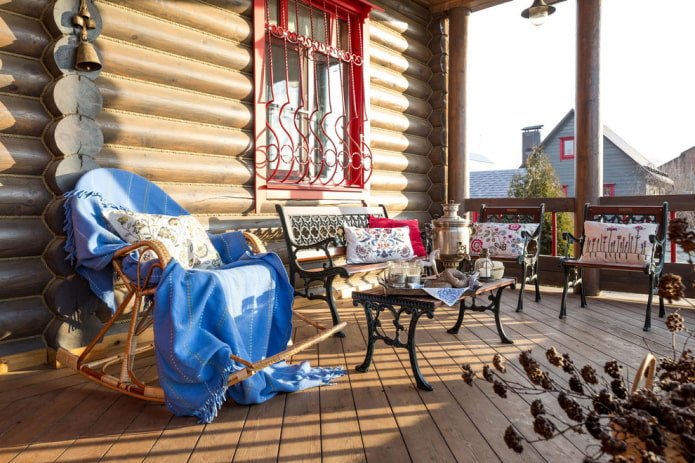
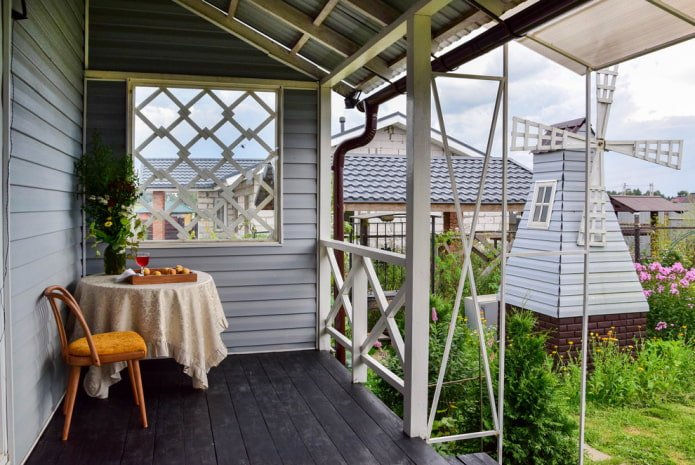
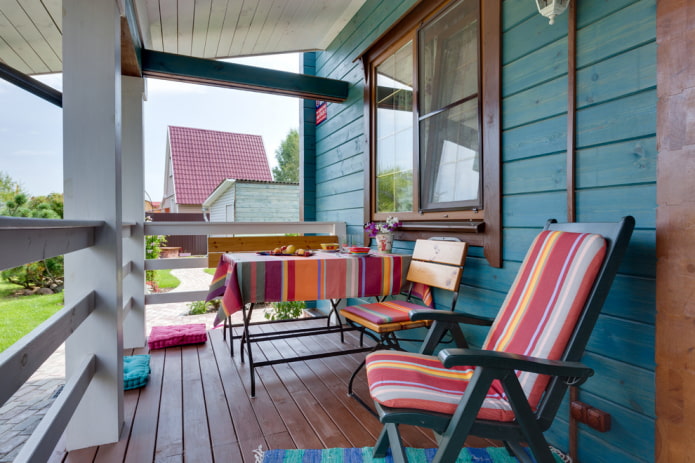
The main advantages of an open-type structure are fresh air and access to natural light. The disadvantage is that it can only be used in the summer.
Closed veranda
A covered veranda near a house, in turn, can also be warm or cold. The easiest way to build a veranda with floor-to-ceiling windows, but keep in mind that this option will not retain heat well and is not suitable for harsh winters. Therefore, in conditions of strong temperature changes, a glazed veranda is used only as a summer kitchen.
To ensure that the additional area remains useful during the cold season, the terrace design should include walls, insulated double-glazed windows, and heating. If there is no possibility of installing central heating, install a potbelly stove, which can heat large spaces in a short time.
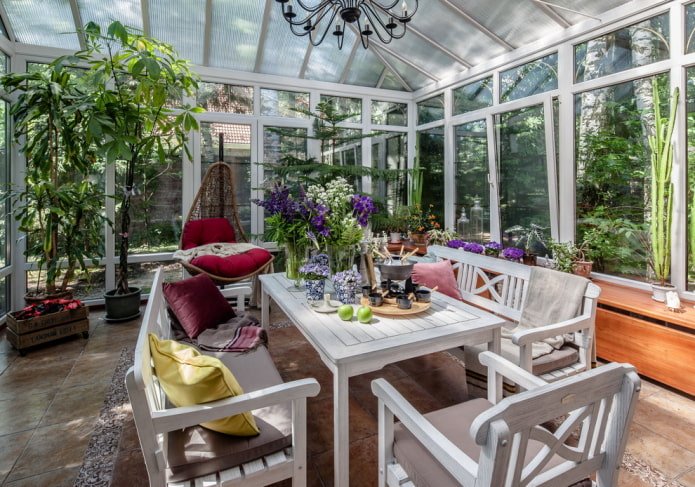
The advantages of a closed veranda are obvious: you are protected from rain, wind, snow, and annoying insects. Thanks to this, you can use any furniture without fear of damaging it. The disadvantages include insufficient fresh air and sun, but this can be easily solved with sliding panoramic windows and doors.

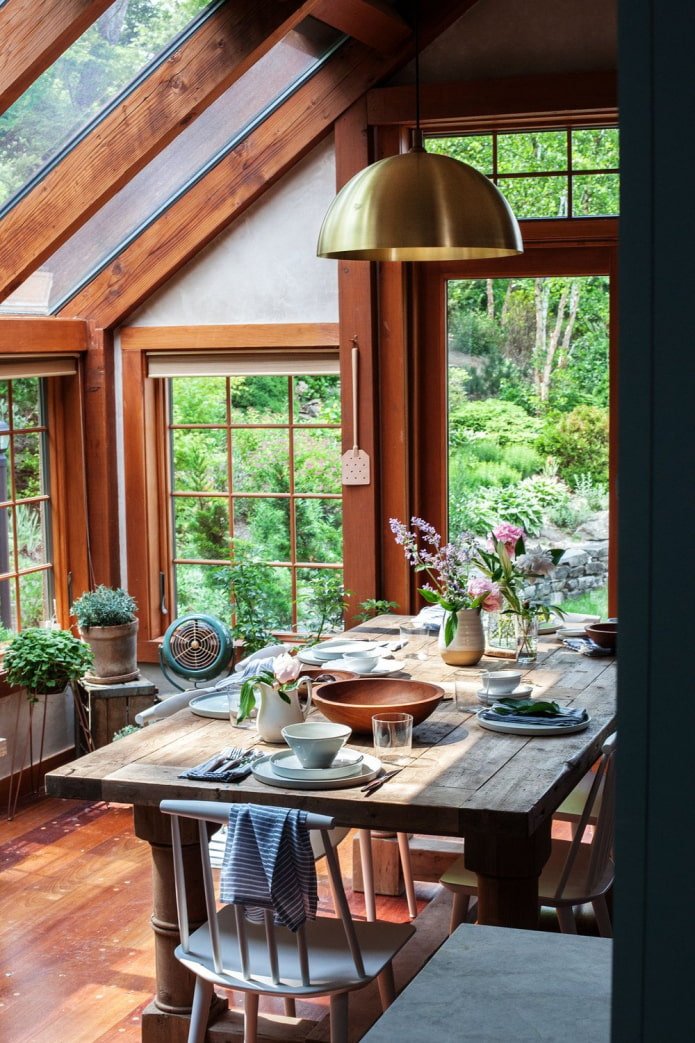
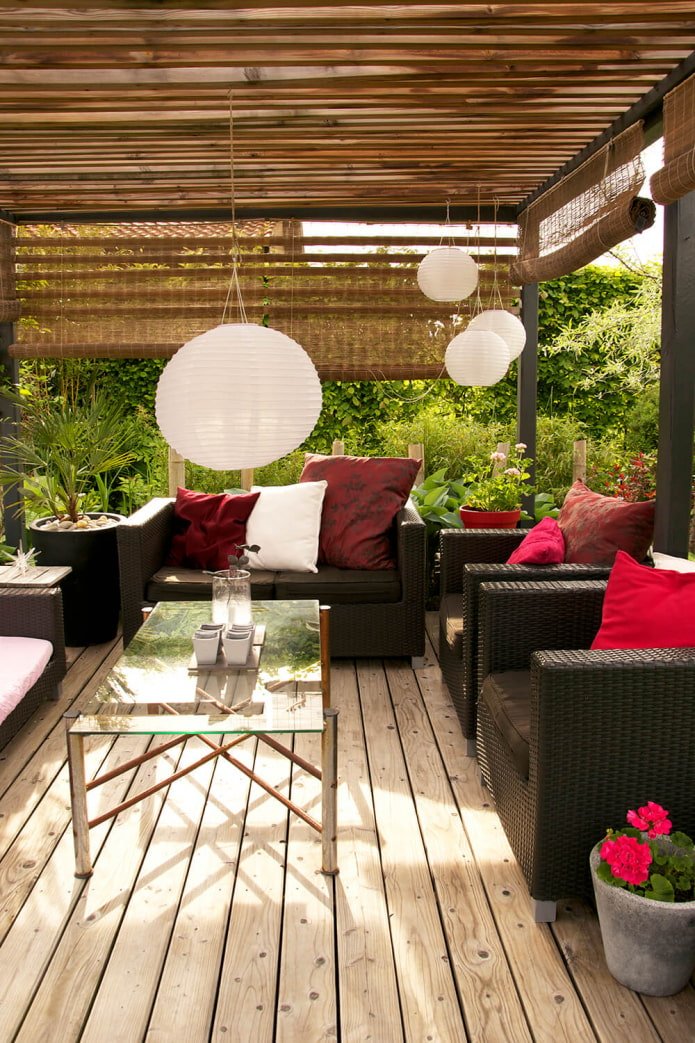
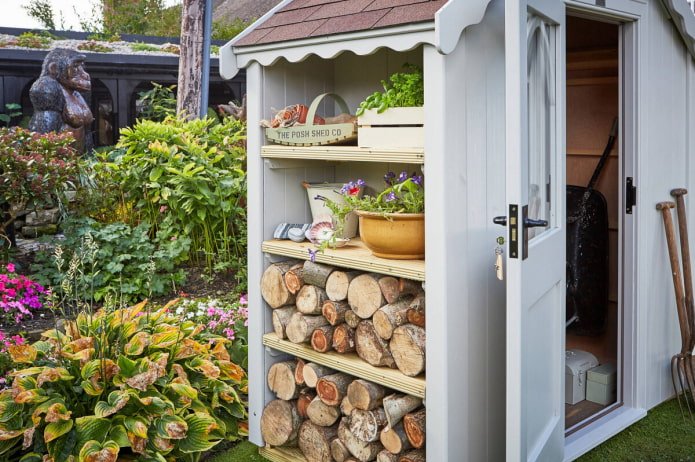
In addition to the division by architectural features, there are different types of verandas by functionality:
- Living room. The main element of coziness in this room is an open fire. On an open area in the form of a hearth or fire pit, in a closed one – a fireplace or stove. Comfortable armchairs, sofas, a table for snacks are required.
- Dining room. To invite friends for a delicious dinner and gather the family for lunch outdoors, it is enough to put a large table with comfortable chairs on the terrace or veranda.
- Bedroom. A warm extension can easily become a guest bedroom – this option is relevant if you have a small one-story house, but guests often stay overnight.
- Kitchen. For a summer one, simple glazing is enough, for a year-round one, a fundamental warm structure is needed.
However, most often, an attached veranda to a house performs several functions at once: the kitchen is combined with the dining room, the living room with the game room, and so on.
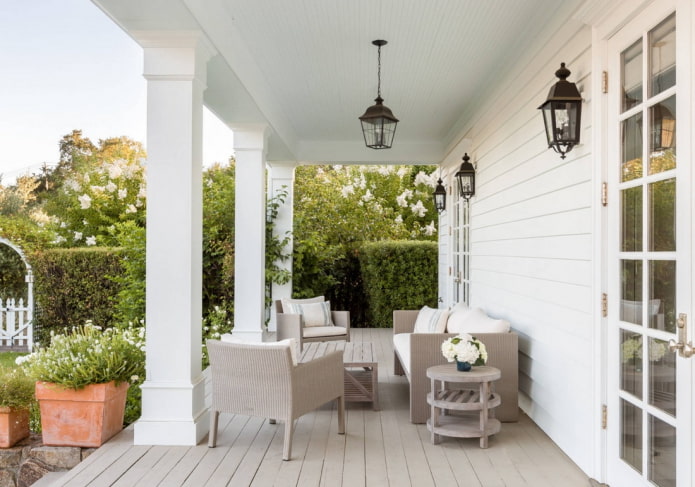
The photo shows a white house with a recreation area
What materials can it be made of?
Verandas are made of various materials, the choice of which depends on the type and purpose of the extension, as well as the building materials used in the construction of the main building.
A wooden veranda attached to a house is the most popular option. Such a veranda can be attached to a wooden house, a brick house, or any other. The choice of a specific material depends on the desired result: a wooden terrace made of logs will be solid and warm. And a summer kitchen can be built from ordinary boards.
Important! Wood requires additional protection from the destructive effects of moisture and insects: for this, it is treated with special compounds, and roofing felt or other waterproofing material is placed under the lower beams.

Terraces and verandas to the house are often made of brick. The structure looks best near an old brick house, and it is advisable to choose bricks of the same color and size. A brick veranda requires a powerful, strong foundation (columnar or strip foundation, depending on the soil).
Advice! Make a large number of large windows if you want to achieve a lightweight structure.

The photo shows a wooden veranda in country style
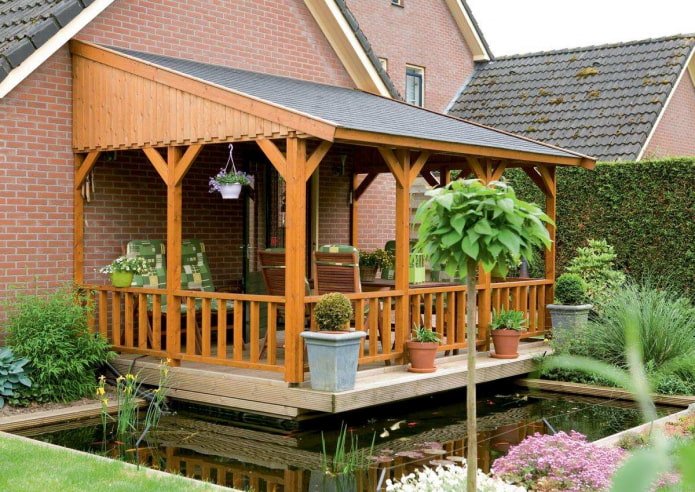

Polycarbonate is an affordable, inexpensive, lightweight and modern material. Its advantage is flexibility – the veranda can be angular, semicircular, irregular in shape. The disadvantages are the non-decorative appearance and the absolute lack of heat capacity, the extension will be unsuitable for use in winter.
An ultra-modern attached veranda to the house is made of glass. In fact, instead of walls there are large double-glazed windows, which can be stationary or sliding. The corners are reinforced with wooden supports. The glass terrace can accommodate a living room, dining room, winter garden.
Glass looks very impressive and will fit perfectly into the design of the site, but in cold weather it will most likely also be cold inside.
Important! The advantage of an all-glass structure is that it saves on interior wall finishing: only the floor and ceiling will need lining.
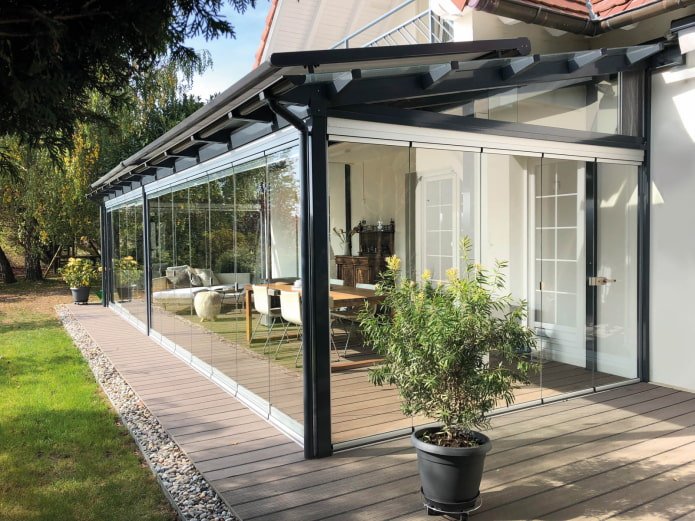
The photo shows a glass extension
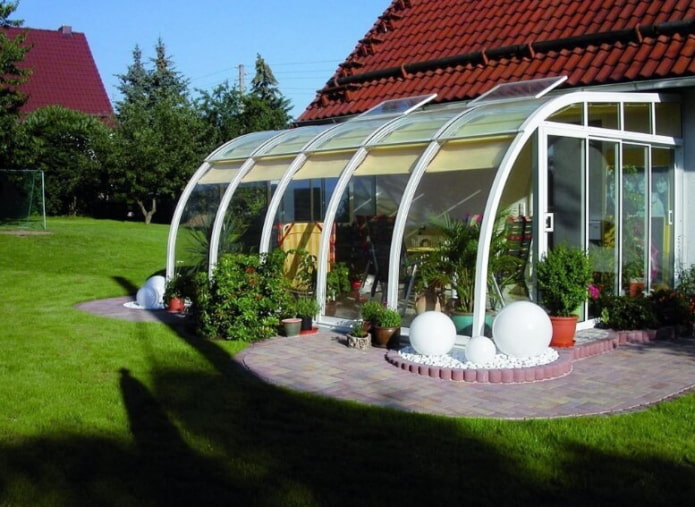
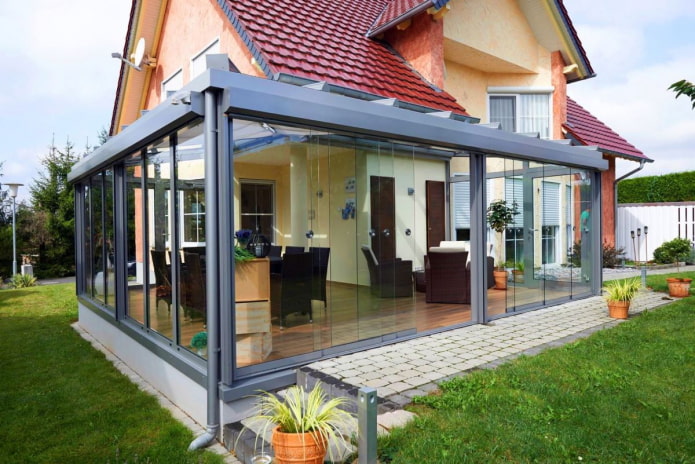
Examples of interior decoration
The choice of materials for repair depends on the type of building: on an open area, special attention should be paid to the floor. The flooring must withstand high humidity, rain, snow – most often, decking is chosen.
The main task of the roofing material is to protect from rain, but if there is a lot of snow in the winter, the roof must be strong enough. From the inside, the ceiling is left “bare” or covered with clapboard.
The outer wall of the house will be internal for the veranda, it can be left as is if it looks neat and beautiful (for example, wooden, brick or decorated with siding). Or cover it with the same siding, panels, decorative stone, clapboard.
Important! Before installing wooden panels, treat them and the wall with an anti-mold, anti-fungal, and anti-insect product.
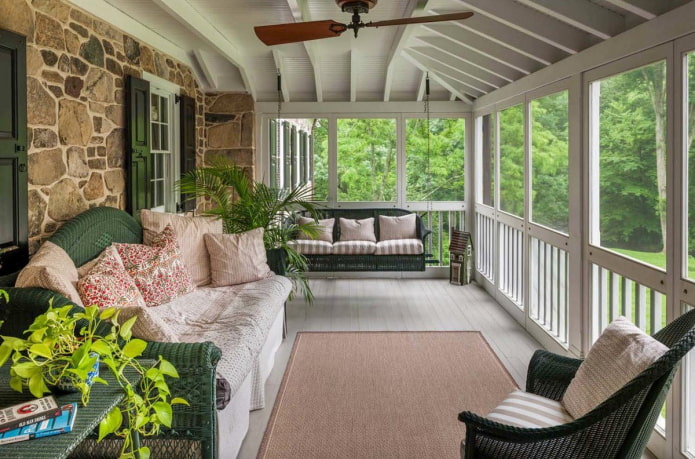
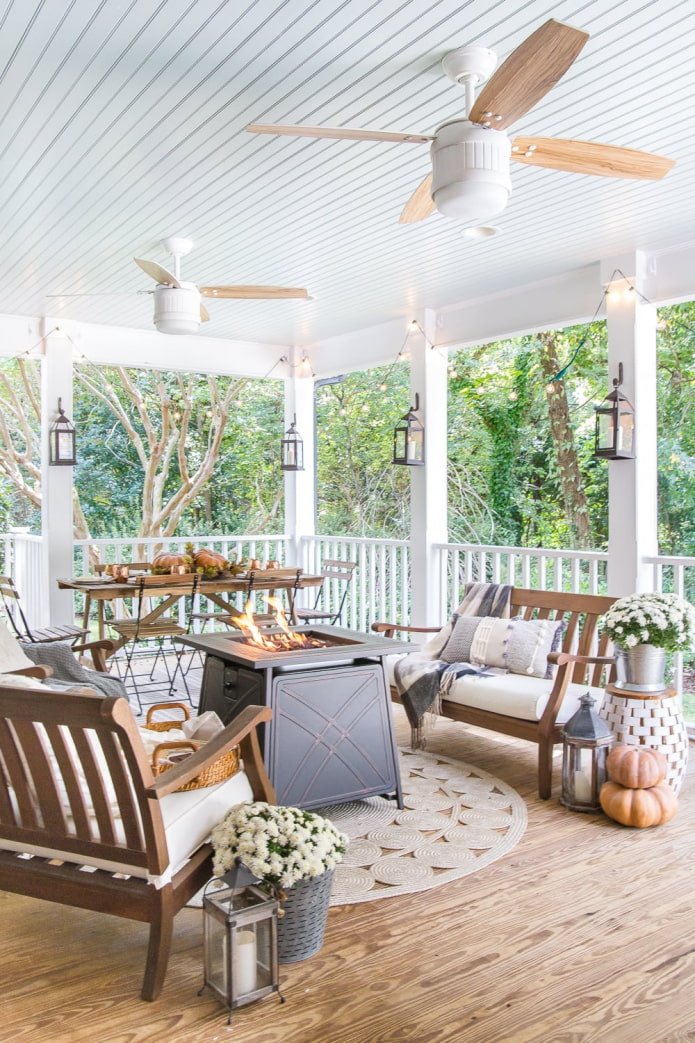
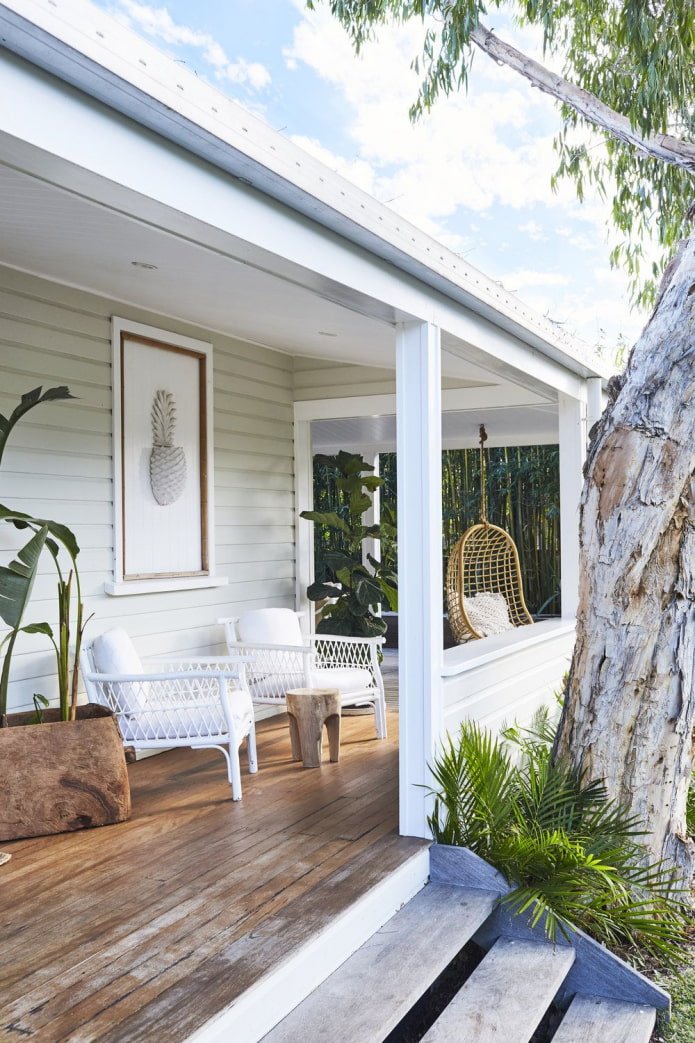
The arrangement of a closed extension is more complicated, but less strict requirements are imposed on the finishing itself. Coatings intended for interior work are suitable.
- The floor is usually made of wood, using floorboards or parquet. Tiles are also suitable (especially if a kitchen is planned on the veranda), but choose a rough and non-slip one.
- The walls are finished with clapboard, tiles, plastic panels and even wallpaper. The latter are best suited for a constantly heated room in winter, otherwise they can simply fall off from the cold and dampness. Depending on the style, decorative artificial stone or imitation brick is also used.
- The ceiling is most often wooden – the clapboard is used separately or combined with decorative timber. If the roof is made of dense polycarbonate, there is no need to finish it from the inside – sunlight will enter the veranda through the top.
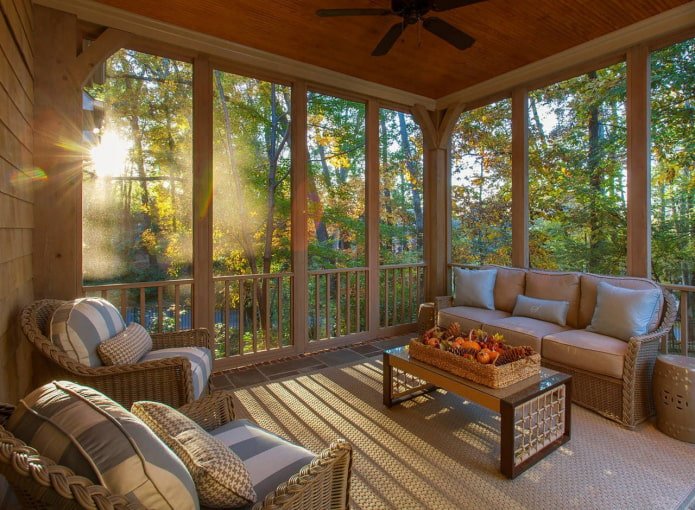
The photo shows the interior finishing with wood
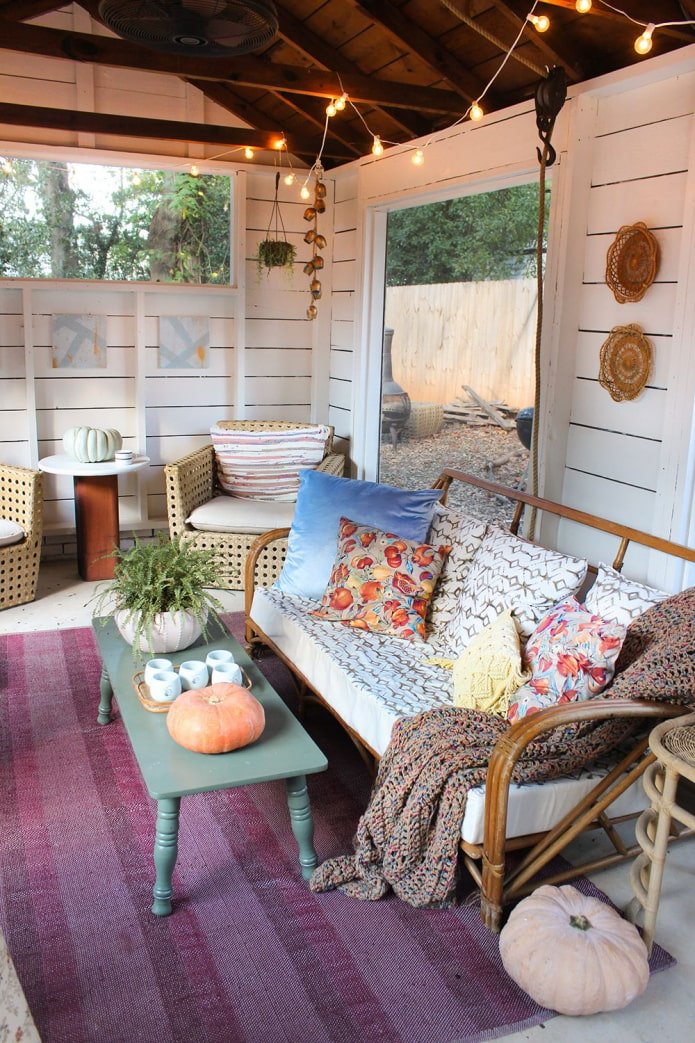
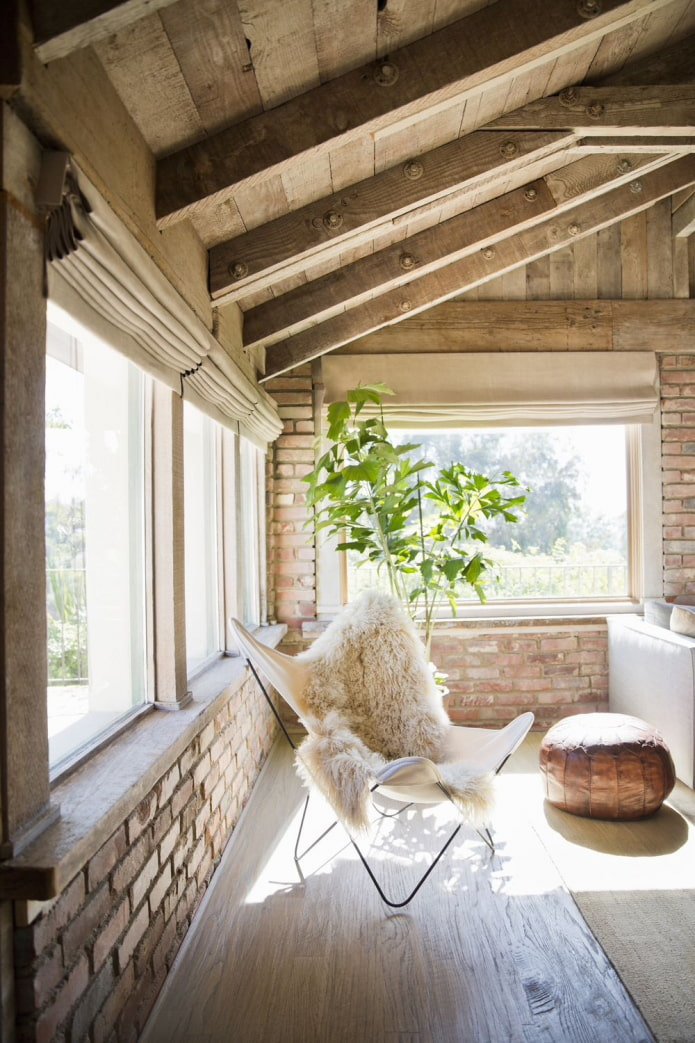
Options in landscape design
Landscape design directly echoes the design of the house, it is especially important to choose the right combination if the veranda is open or completely glazed. After all, then it looks like part of the external environment and should be in harmony with it. The choice of style depends primarily on your preferences:
- Colonial. The main features of this trend are wicker garden furniture, dark wood trim, a fireplace. It is best used for spacious verandas.
- Provence. If the first style was English, then this one is French. It is distinguished by light and pastel tones, a love of fresh flowers and floral patterns, delicate decor, textiles, forged details: railings, furniture. The finished interior is light, suitable for small spaces.
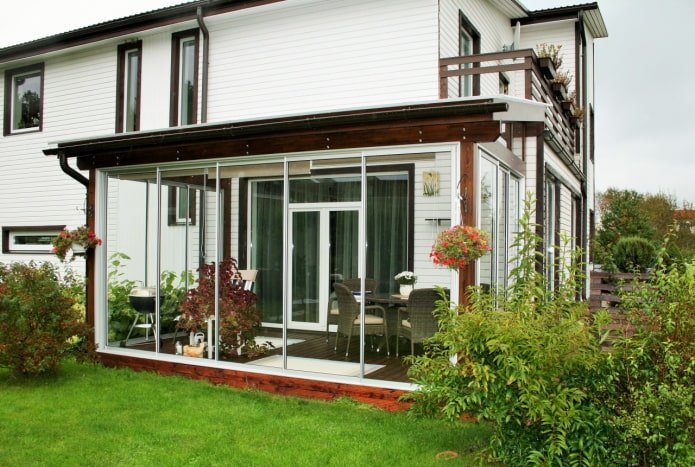

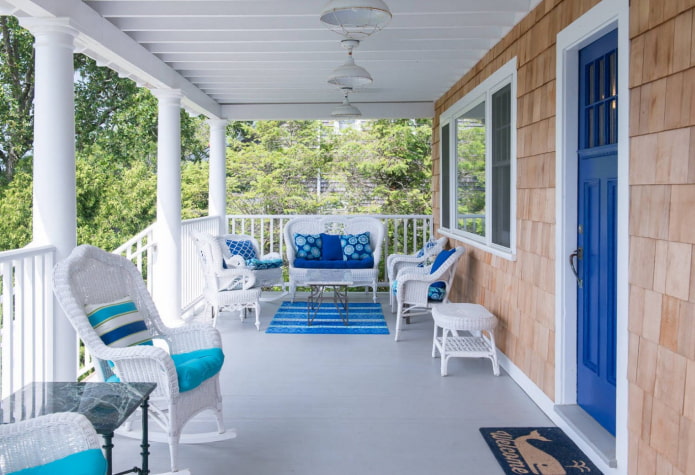
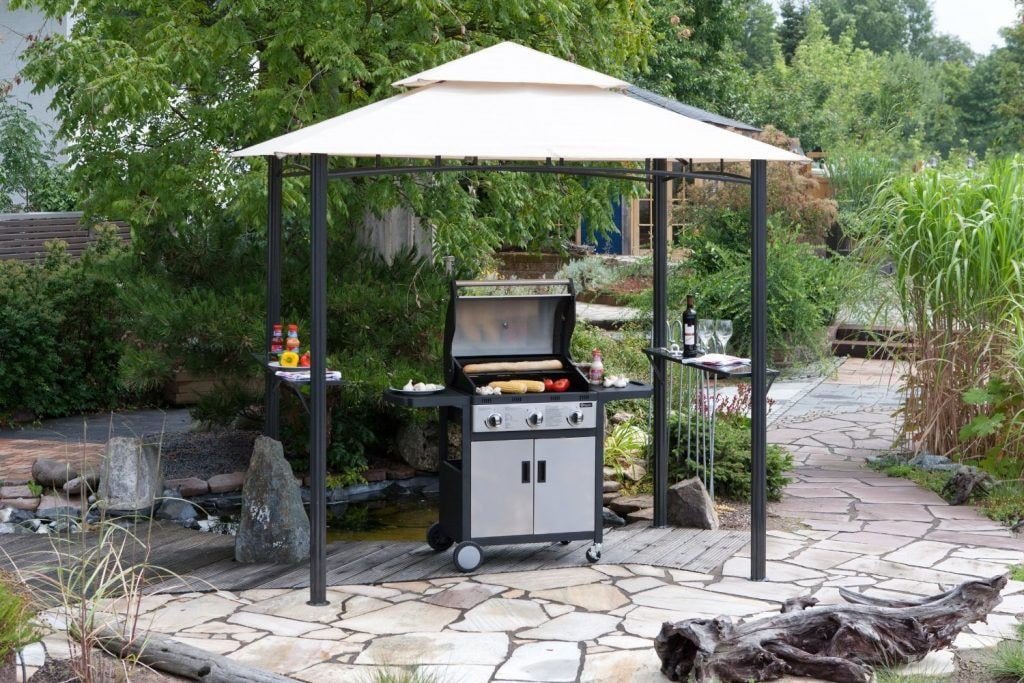
- Chalet. With its dark range, it resembles a colonial style, but looks more rustic. It resembles a hunting lodge due to the abundance of wood, skins, trophies, and heavy, massive furniture.
- Mediterranean. Another light interior style. A lot of white and blue is used in the decoration. Add wicker furniture, flowerpots, and plant a lot of greenery nearby. Open verandas are usually decorated this way.
- Japanese. An exceptional option for transparent terraces. The eastern direction is minimalist, uses natural materials and shades (brown, green, red, white). It is advisable to install a water source nearby: a waterfall or a pond.
- Country. Rustic design is most suitable for log verandas. Its distinctive feature is the abundant use of natural wood in furniture and decoration. The textiles are usually red, the decor is as simple as possible.
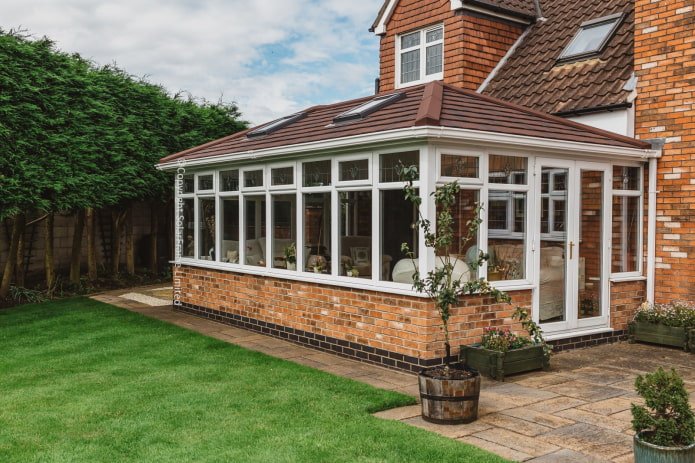
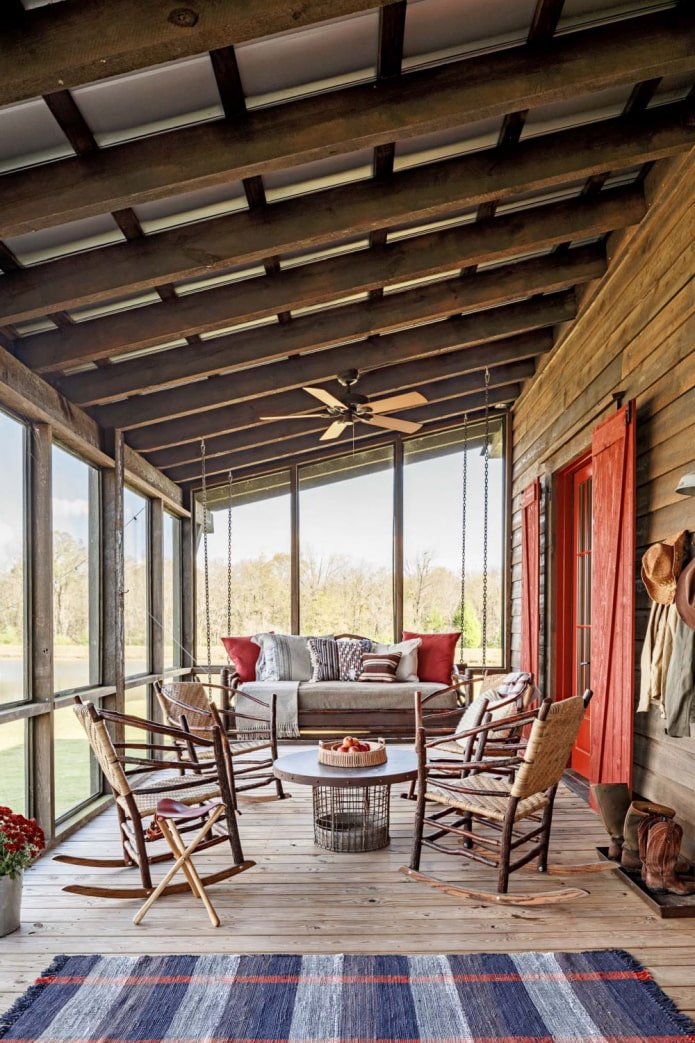
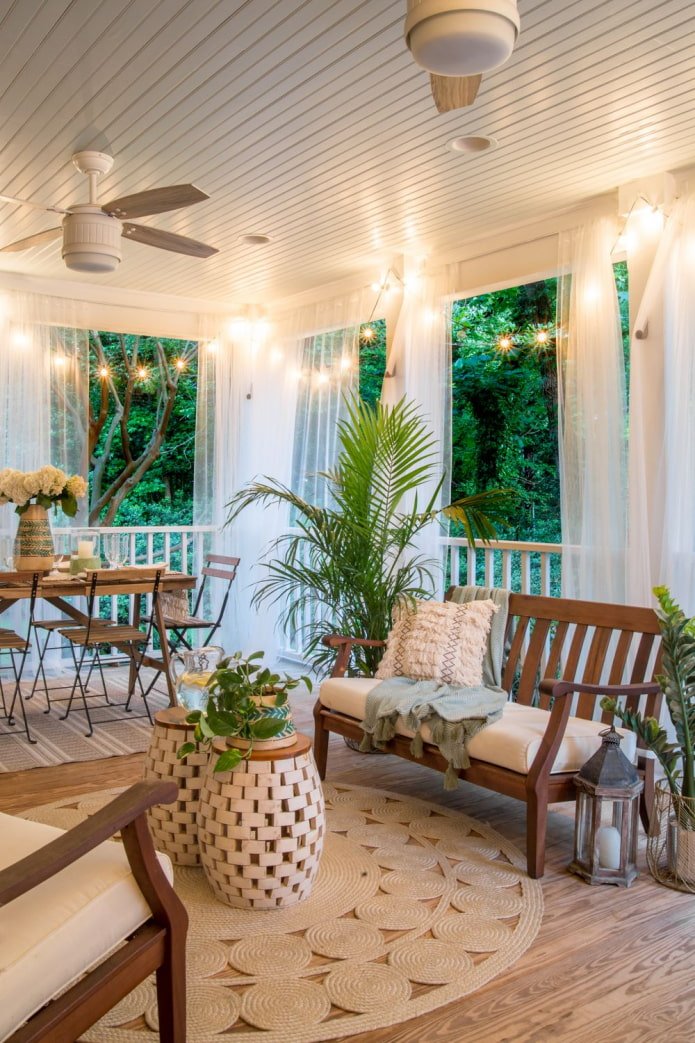
- Loft. If the veranda is attached to a brick house, then its outer wall will become a great basis for the embodiment of an industrial interior. Loft loves not only brick, but also metal, wood, glass. Homemade furniture from pallets or boxes will harmoniously fit into the decor.
- Scandi. For southern terraces, it is just right – the coolness of the Scandinavian style will balance the hot sun. Thanks to the abundance of light (white, gray, beige) colors, it is suitable for small spaces. Cozy Scandi is ideal for verandas used all year round: it is comfortable to drink hot tea here, wrapped in a blanket or prepare cold drinks on a hot day.

Beautiful ideas
It is not enough to simply attach a terrace or veranda to a house for it to become an important part of the ecosystem of a country site, you should do the finishing, put in furniture and do not forget about the decor! We have collected 10 original decoration ideas:
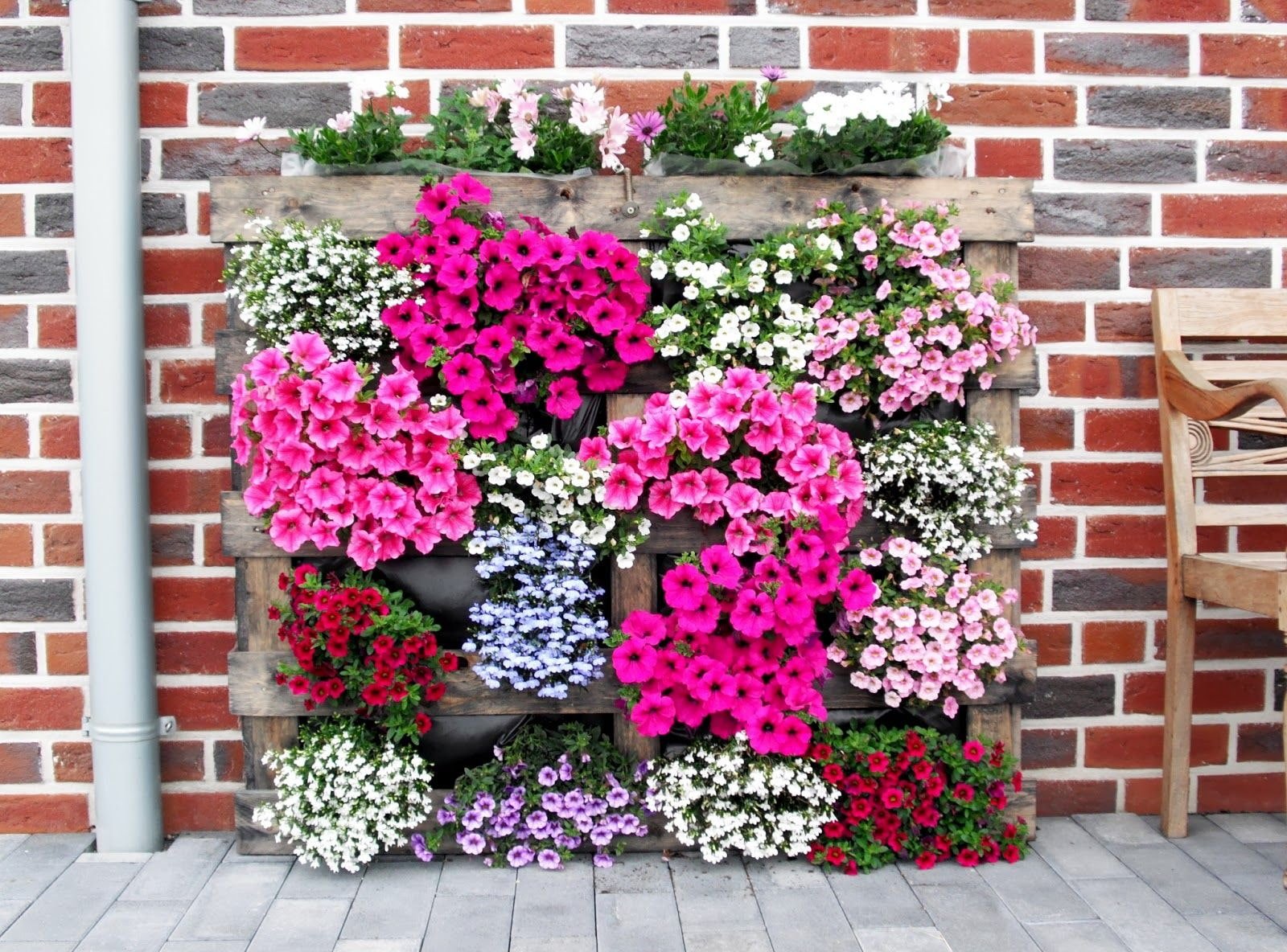
- Climbing plants. If you decide to leave the space open, install trellises instead of walls and use them as a frame for vines. Bright supports (red, yellow) look original in combination with the lush greenery of hops, maiden grapes, ivy. Blooming plants include clematis, roses, wisteria, morning glory, kobei.
- Textiles. It is they who add coziness and transform the space. An ordinary sofa, decorated with beautiful pillows, looks more festive. Choose a color scheme and pattern to suit your style: geometric for Scandi, floral for Provence, etc.
- Curtains. We have specially separated them from textiles, because in open areas curtains can act as walls: close them on a cloudy day and open them on a sunny day!
- Garlands. Lighting is the most important part of the interior. In addition to ceiling lamps, which by the way can also be decorative and reflect a connection to the style, use cute garlands. They will be appropriate in any interior on the ceiling or walls!
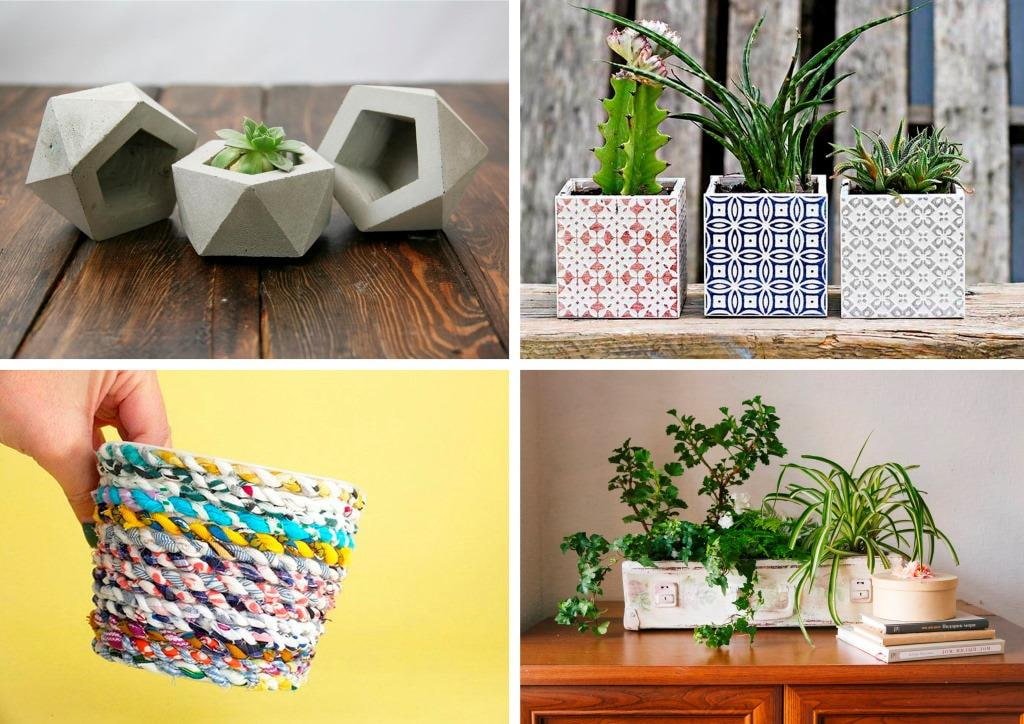
- Swing. After all, the veranda is usually used as a place to relax, so it would be a good idea to equip it with additional comfort items. A rocking chair or a swing will be loved by all family members: from small children to the elderly.
- Vases or flower pots. You can decorate the veranda of your home with plants not only from the outside, but also from the inside: hang flowerpots from the ceiling or on the walls, arrange the pots on the floor, install vases on the tables. Potted or cut flowers, as well as dead plants, are suitable for decoration. Choose according to style: a palm tree would suit the Mediterranean style better, and any flowering pot would decorate Provence.
- Carpets. Don’t forget about foot comfort! In a closed room, it is appropriate to lay one large or several small rugs – for example, under a sofa, in the work area in the kitchen.
- Baskets and boxes. Decorative baskets not only decorate the space, but also perform an important storage function. For example, place it near the sofa and put blankets or pillows inside.
- Dishes. If there is a kitchen or dining room on the veranda, it is appropriate to decorate with dishes. A samovar or a beautiful dish is a decoration in itself. Various old jugs or other vessels are used as vases. Plates are used to make a wall panel.
- Furniture. Don’t forget that it can be non-standard too. A slab table for a loft or country style, a forged chair for a Provence design, a cozy hanging egg chair for a Scandinavian one.

